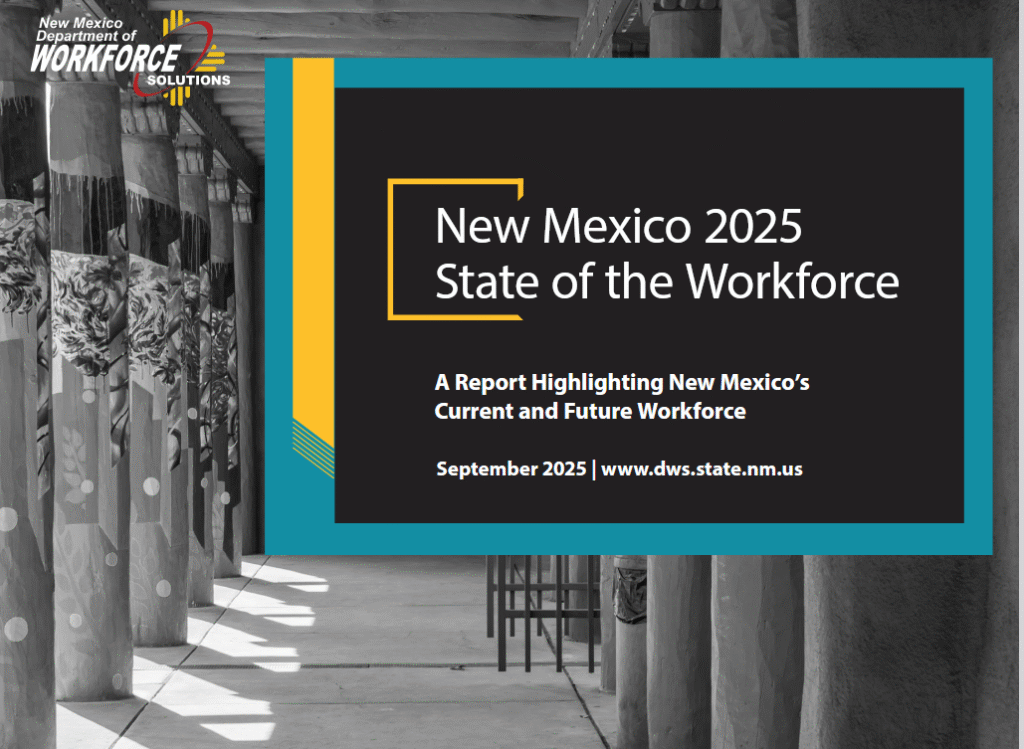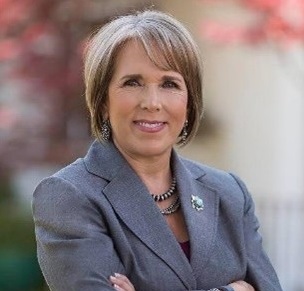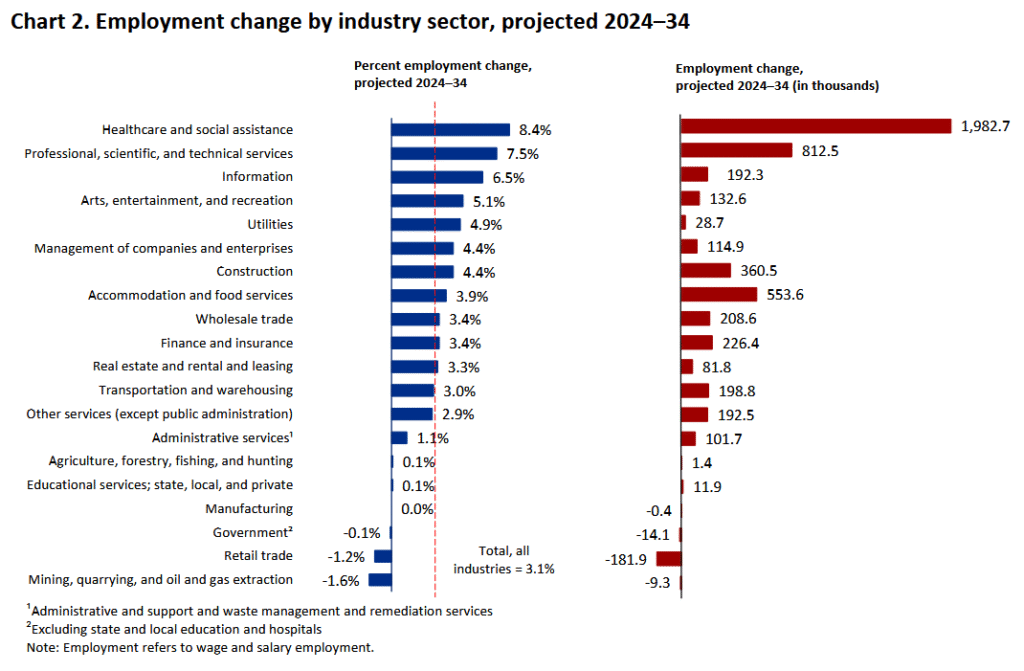Governor, Lawmakers Favor Corporate Welfare Over Most Promising Job Growth Sector Impacting New Mexican Workforce



The Numbers Don’t Lie. Direct Care Health Related Jobs Offer Largest Growth Potential … So, Why are Governor Lujan Grisham and Legislative Leaders Not Doing More to Help New Mexicans Have a Chance at Those Jobs and Offering Better Pay?
Over the last seven years, the state of New Mexico has invested hundreds of millions of general fund revenues to so-called private sector economic development, promising more and more jobs for New Mexicans.
Much, if not most, of the investments are made on promises from the private corporate community that they will create high paying jobs for the workforce.
But the delivery on those promises is highly questionable, as The Candle will be reporting on in a new series soon.
Missing from job development policy is a coherent and effective plan to improve the income and job advancement of the majority of people in New Mexico’s workforce.
Many New Mexicans could find careers in healthcare – the job sector with the most growth potential according to the federal department of labor and the state’s own labor department.
Healthcare jobs could provide a career ladder, if there was a comprehensive effort to provide training and certificate courses for the thousands of healthcare workers who currently are among the lowest paid of any profession – and the majority of these workers are women.
There is also a need for state policy makers to recognize these jobs as deserving of better compensation – something political leaders claim they support, but have failed to sufficiently deliver on.
Here are the numbers that should inform political leaders that their focus should be directed at the health care workforce and the growing population those workers serve:
Each September, the New Mexico Department of Workforce’s Solutions (NM DWS), releases a State of the Workforce Report for New Mexico.
The subtitle of the report is “A Report Highlighting New Mexico’s Current and Future Workforce.”
Buried in the most recent state of the workforce report are some interesting demographics:
“Compared to the U .S ., New Mexico’s population is older … the number of New Mexicans aged 65 years and older grew more quickly than the U .S .
“New Mexico is a minority-majority state, with 49.1 percent of all New Mexicans identifying as Hispanic or Latino, the highest among all states in the nation.
“New Mexicans identifying as American Indian and Alaska Native represented 11.4 percent of the state’s population, the second highest share in the country, following Alaska.
“In 2023, New Mexico had a higher share of persons living with a disability and living in poverty compared to the U .S . Those differences were 3 .7 percentage points and 5 .7 percentage points, respectively .
New Mexico’s share of Veterans (8 .2 percent) was also higher than the U .S. average.
The State agency’s conclusions are not new.
When Lujan Grisham became Governor in January of 2019, NM DWS annual State of the Workforce Report, stated, “New Mexico’s employment growth over the last five years (2014 through 2018) was driven by growth in the education and health services industry sector.”
The 2025, NM DWS State of the Workforce Report reveals things haven’t change much as to major employment growth demographics, writing,
“New Mexico’s employment is projected to grow by 10 .6 percent between 2023 and 2033 . Healthcare and social assistance is expected to grow the most as the population gets older and needs healthcare services . Arts, entertainment, and recreation is expected to grow the fastest as it still recovers from the pandemic.”
Earlier this month the New Mexico Health Care Authority’s Developmental Disabilities Supports Division, released its annual report on the condition of workforce that provides direct care to New Mexicans with intellectual and developmental disabilities (DD Waiver community).
A very large majority of the workforce providing direct care to the DD Waiver community are paid well below a living wage – and the state government has exacerbated these workers’ compensation by consistently depressing rates paid for the direct care services.
That report on the DD Waiver direct care workforce, which can also be found at the end of this article, takes a look at “demographic and compensation data on developmental disabilities direct support provider agency employees.”
By an “astonishing 73.9%, women, many of them single parents, dominate the numbers of those working as direct support professionals (DSPs) and serving the DD Waiver community, according to the report.
And the majority of the DSP workforce in New Mexico is Hispanic.
The Governor and legislators need to take another look at their investments in job creation priorities.
The following graphics from the U. S. Department of Labor (August 2025), and the New Mexico DWS Reports of 2019 and 2025, clearly identify healthcare related jobs as having the most potential for growth in the country, and especially in New Mexico:
The U.S. Bureau of Labor Statistics (BLS) press release/report, dated Thursday, August 28, 2025:

[Industry Employment – Healthcare and social assistance is projected to have the largest job growth and be the fastest growing industry sector (+8.4 percent). Employment growth in this sector is expected to be primarily driven by both the aging population and the growing prevalence of chronic conditions, such as heart disease, cancer, and diabetes. Chart 2. From the “U.S. Bureau of Labor Statistics (BLS) press release/report, dated Thursday, August 28, 2025. Full copy can be found at end of this article.]
From New Mexico 2019 State of the Workforce Report

From New Mexico 2025 State of the Workforce Report
